

|
Design Library / Forum/ Fireplace | ||||||||||||||||||||||||||||||
| The Art of Fireplaces The Images of the English Fireplaces Mordern Fireplaces Fireplaces in French Villas |
Forum |
||||||||||||||||||||||||||||||
|
The Images of the English Fireplaces
As an element of interior architecture, the fireplace connects the other three elements(floor, wall and ceiling). It plays an important role in the English residential buildings. Almost every room of English houses has a fireplace. This may be due to the cold and wet winter weather. Why do they rely on the fireplaces so much? Of course it is a heating device. What else? What are the images of the fireplaces in people’s memory? It is interesting to examine this relationship between the fireplace and people, and what had happened by those traditional English fireplaces? Developed from the primitive fire to the central hearth and the sidewall fireplace, English fireplace now is not only a heating device but also a focus of decoration and a community center of the home. People not only sleep and sit but also dine, play and chat around it. Nowadays, although people use the central heating system instead of the fireplaces to keep their room warm, they will never abandon the forms and the images of the traditional fireplace. The fireplace has been integrated into their lives so closely, that they will never forget those happy hours the whole family gathered around the fireplace chatting or cooking, and those childhood memories of Santa Claus… The fireplaces has become an important part of people’s daily lives. For example, people drew aside the half burned brands at bed time in order to make a quick fire in the morning; The ash must be kept deep upon the hearth, when removed in the spring, it can be put aside until autumn for reuse. The fireplace is sacred because of the fire Fire was sacred in ancient time. Our ancester gathered around the open fire to keep warm at night and prevent themselves from the wild animals. They also prepared their food and held their ceremonies around the fire. With the emergence of the central hearth, people gathered around the hearth instead of the open fire. The positions of the people around the hearth stand for different social classes: the higher one’s status, the closer one sat to the hearth. The renewal of the fire is obviously associate with the idea of regeneration in the family, its livestock and its crops. In the ceremonies of these special issues, a new fire was always kindled from the last fragment kept from the previous logs. There was an ancient game(Laughing Chorus), played round
a good fire in the long winter evenings by both the children and adults.
The person in the corner by the fire says, “Ha!” and the one next him
repeats, “Ha! Ha!” not as if laughing, but merely pronouncing the syllables.
This, too, passes round. The next is “Ha1 Ha! Ha!” but this rarely goes
the round of the players without the whole party bursting fits of real
merriment. Needless to say, the central hearth is the center of the activity. Side wall fireplace, festival tales
and chimney boys Many holy days and superstitions are associated with the fireplace. At Halloween, the main ceremony is lighting the bonfires. Small stones are placed in the fireplaces as many as the people around. Next morning, if a stone is displaced, its owner will die within the year. At Christmas morning, the first thing of the children is rushing to the fireplace and looking for their presents from the Santa Claus. In Dorset, a loaf baked on Good Friday and is hung in the chimney will ensure good bread for the year. Fireplace became mysterious because of the chimney. It is a passage between the outside and the inside world. People may wonder what hides inside when the fire door was closed in summer because such doors formed convenient hiding-places. The bad image about the chimney is related to the “chimney boys” of the eighteenth and nineteenth centuries. Most of them were from the poorest homes. These poor little boys had to spend many hours a day climbing up and down in the chimneys to sweep and clean it in the winter, some of them even lost their life there. This made one of the saddest chapters in the history of inhumanity. Sitting in the ingle nook In those days, the healthy outdoor persuits were unthinkable to women. They had to spend most of their times sitting needling and reading by the fireplace at home. The pop reading material include: Home Words for Heart and Hearth, the Fireside Companion and the Hearthside Treasury… Thus the family life was centerd by the fireplace. As a queen had said: “The hearth is not a stone but a woman--- we have a great home, and its hearth is a Royal Woman.” Although the fireplaces seemed to be more important to the woman than to the men, many masters of the families would like sit in the ingle nooks enjoying the feeling of the relaxation and the pleasure as well after an exhausted working day. We can even tell the weather change by sitting by the fireplace and gazing at the fire. “If the fire burns with a pale flame, or sparkles more than usual, or if the ashes form clods, or soot falls suddenly, rain is presaged. If the fire buzzes, or the fuel crackles and breaks forth wind more than ordinarily, tempest is near at hand. If the fire burns over fiercely, prepare for frost.” Even the sunlight can diminish the fire. Now, fire becomes the weather forecaster, and fireplace becomes the media between the indoors and outdoors. |
|||||||||||||||||||||||||||||||
 |
|||||||||||||||||||||||||||||||
 |
|||||||||||||||||||||||||||||||
 |
|||||||||||||||||||||||||||||||
 |
|||||||||||||||||||||||||||||||
 |
|||||||||||||||||||||||||||||||
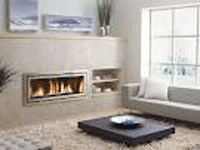 |
|||||||||||||||||||||||||||||||
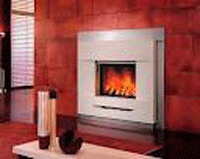 |
|||||||||||||||||||||||||||||||
Owner’s
pride---decoration of the fireplace “More than half of the world’s reserves are of a kind suitable for the domestic hearth.” The owner entertains his guests by the fireplace and shows them his treasures. Normally the larger the room, the bigger the fireplace and the mantelpiece are. The mantelpiece is the dominant decorative feature of the living room. “Nothing is considered too costly a material upon which to paint or embroider a mantel-valance, no pains ill-bestowed that serve to beautify these hangings, which are considered to constitute an elegant and highly acceptable bridal, Christmas, or birthday gift”, as described in the Young Ladies’ Treasure Book |
|||||||||||||||||||||||||||||||
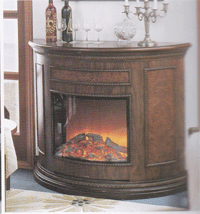 |
|||||||||||||||||||||||||||||||
Where
are the fireplaces going? |
|||||||||||||||||||||||||||||||
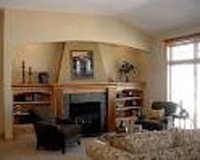 |
|||||||||||||||||||||||||||||||
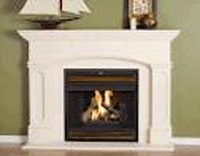 |
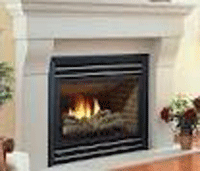 |
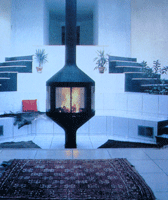 |
|||||||||||||||||||||||||||||
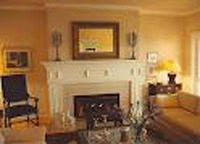 |
|||||||||||||||||||||||||||||||
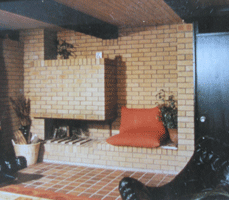 |
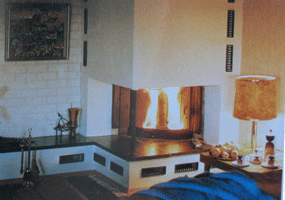 |
||||||||||||||||||||||||||||||
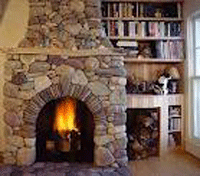 |
|||||||||||||||||||||||||||||||
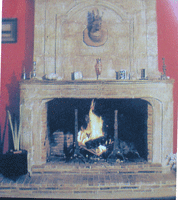 |
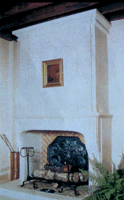 |
 |
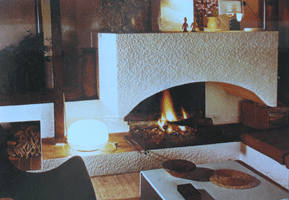 |
||||||||||||||||||||||||||||
| Outside Fireplaces | |||||||||||||||||||||||||||||||
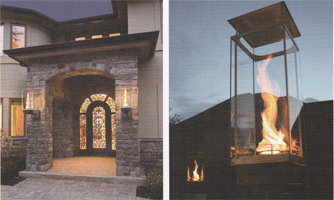 |
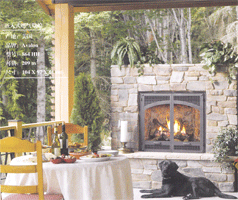 |
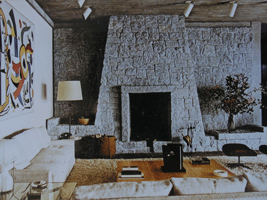 |
|||||||||||||||||||||||||||||
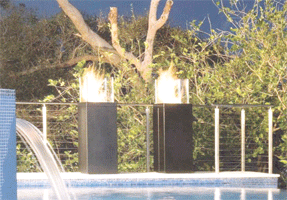 |
|||||||||||||||||||||||||||||||
dcb group all rights reserved No.100101-200 P.O.Box, Beijing 100101 P.R.CHINA Phone: +86-10-64956392 teresa_wu_cn@yahoo.com |